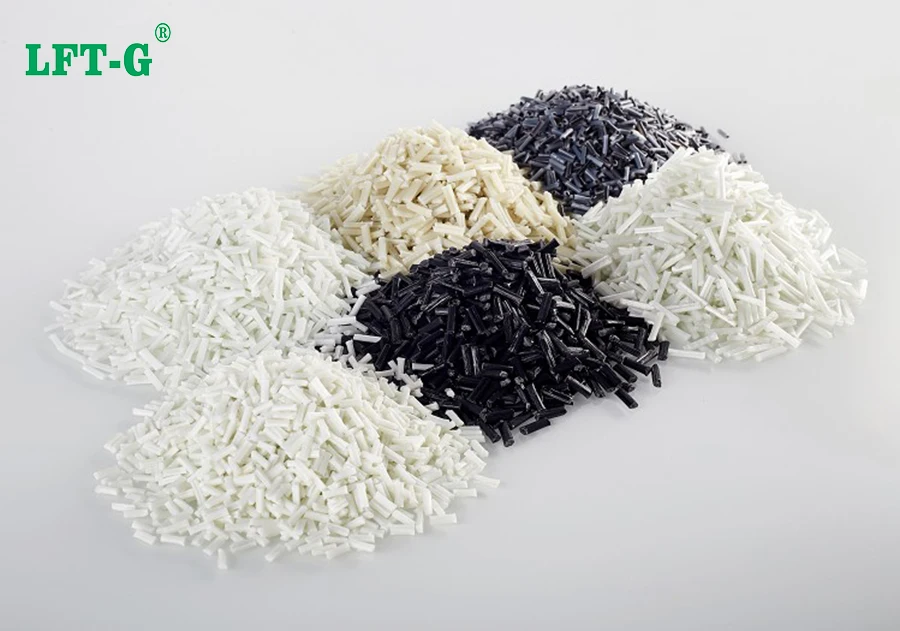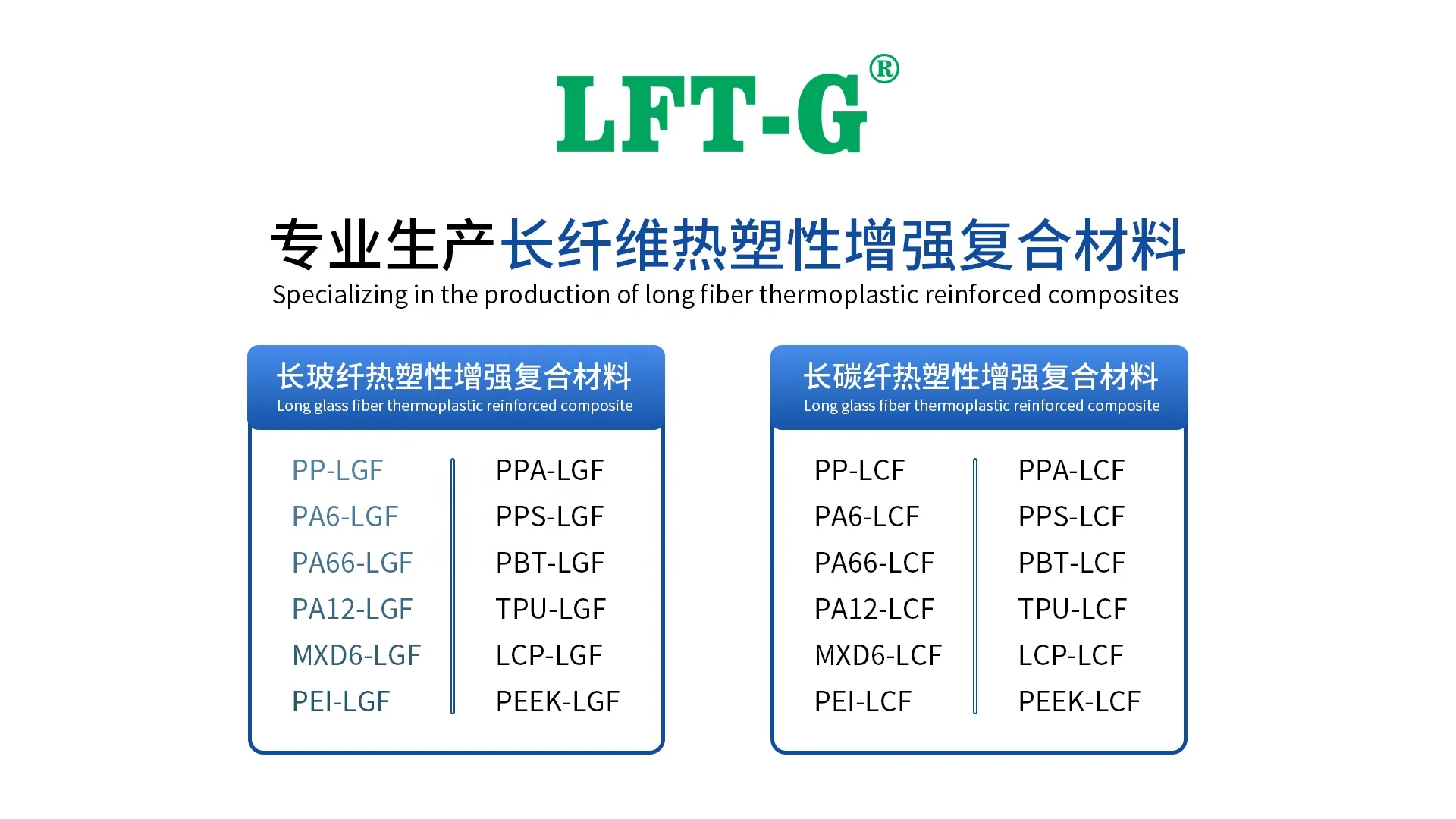new blog
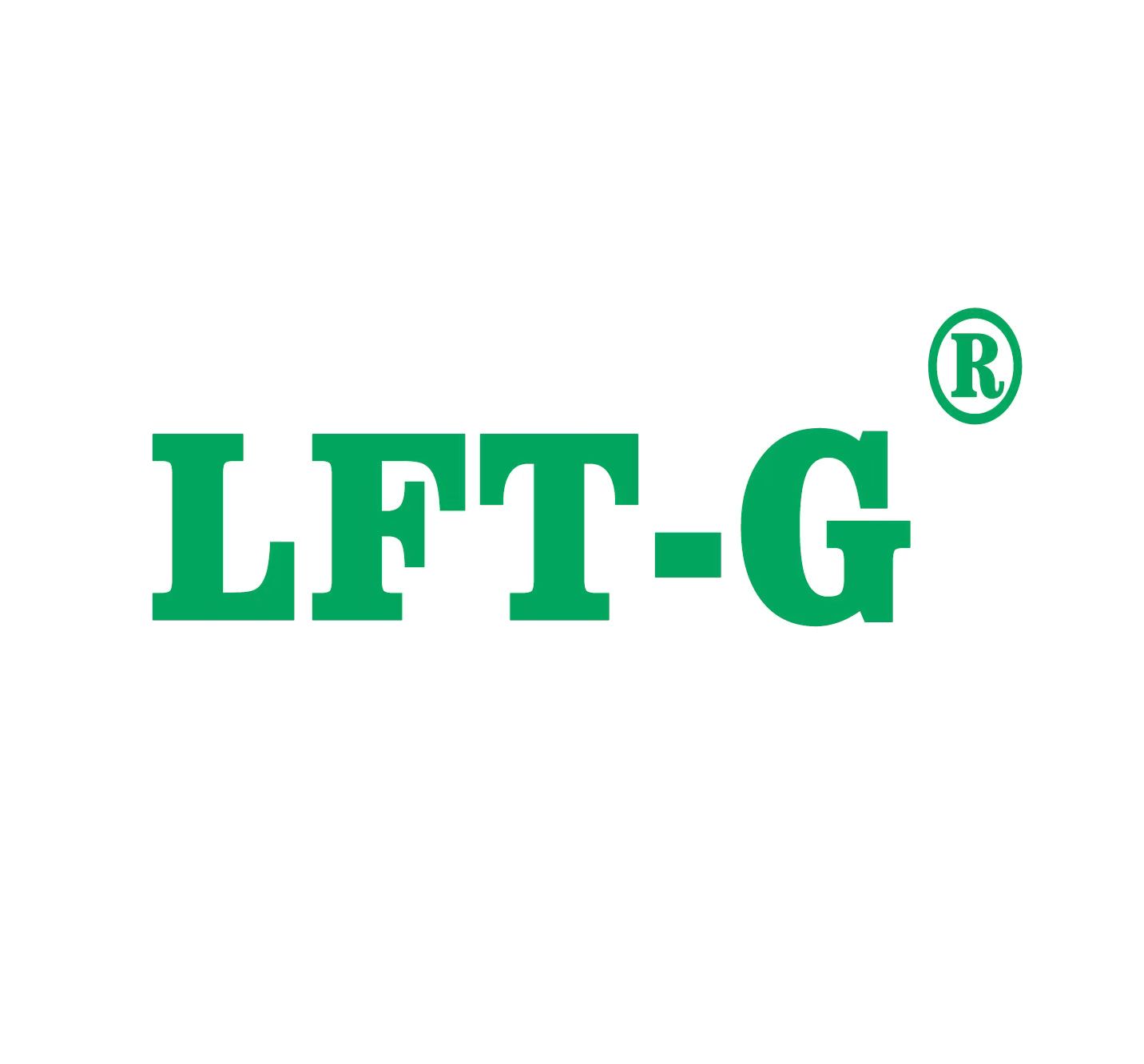
Polymers are one of the most commonly used and well-known materials of the 21st century. However, pure polymers are not sufficient for use in industries that require great strength and excellent heat resistance. As a result, thermoplastic composites are the preferred materials, and creating these new materials will require overcoming obstacles such as high energy consumption, expensive material costs, reliability, and recyclability.
Carbon fiber (CF) has attracted the attention of researchers because of its excellent characteristics such as light weight, high temperature bearing strength, low density, high modulus and good chemical resistance. CF is also a unique material with a high strength-to-weight ratio, low toxicity, recyclable, non-corrosive and good wear resistance. In general, CF has significant electrical, physical, mechanical, and thermal properties.
The thermoplastic composite material refers to the thermoplastic polymer (such as polyethylene (PE), polyamide (PA), polyphenylene sulfide (PPS), polyetherimide (PEI) and polyether ether ketone (PEEK) as the matrix, with a variety of continuous/discontinuous fibers (such as carbon fiber, glass fiber, etc.) as the reinforcement of the composite material.
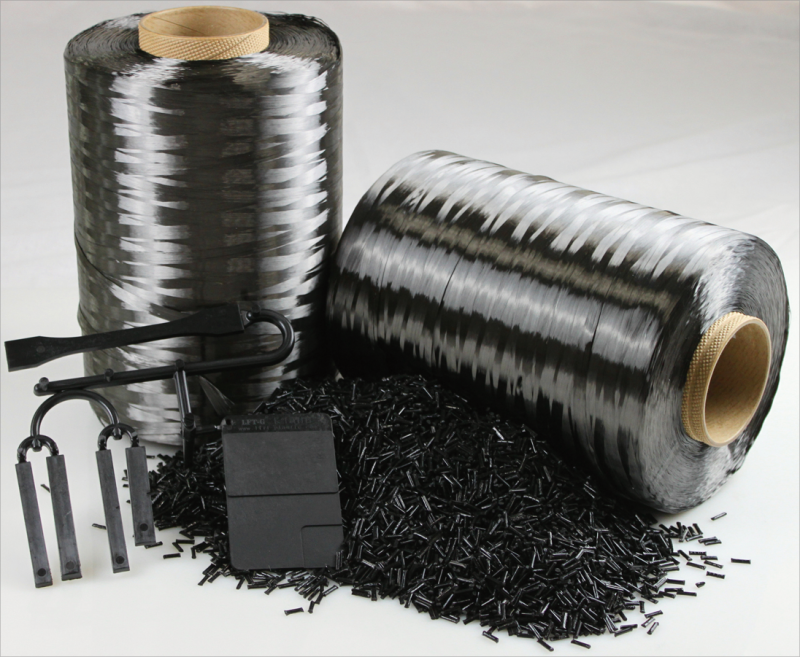
Carbon fiber reinforced thermoplastic composites (CFRTP) have excellent thermal, mechanical and electrical properties, making them widely used in building and construction, maritime, automotive, sporting goods and aircraft applications.
Carbon fiber is a promising material for reinforcing polymer matrix. There are several types of CF materials depending on their precursors/feedstocks, properties, and processing temperatures at the heat treatment stage. CF can also be classified according to discontinuous and continuous fibers (the orientation of the fibers within the matrix) or their length. As a result, many manufacturers produce different types of CF.
For example, composites based on discontinuous fibers are used in high-volume applications where properties are required to be almost isotropic. Continuous fiber-based composites, on the other hand, are widely used in low-volume applications where higher mechanical properties are required in one or both directions, such as support beams, impact plates, and containment.
The thermoplastic resin based carbon fiber composites have crystallization and glass transition during processing, while the thermosetting resin based carbon fiber composites have cross-linking and curing reactions. From the process difficulty point of view, the thermoplastic carbon fiber composite is more difficult to infiltrate than the thermoset carbon fiber composite in the preparation process, but at the same time, the advantages are also obvious: it has a short molding cycle, good impact resistance, weldable, can realize secondary molding, and high freedom of structural design.
Various parts made of carbon fiber reinforced thermoplastic composite materials have the advantages of low density, high strength, relatively high toughness, recycling and reuse, and have a wide range of application prospects in aerospace, military, high-end machinery, medical and other fields.

Five major carbon fiber reinforced thermoplastic composites
1. carbon fiber reinforced PPS
PPS is a semi-crystalline thermoplastic resin with excellent mechanical properties, chemical erosion resistance, flame retardant and so on. The reinforcement method of carbon fiber also has a very obvious effect on the performance of PPS. In the range below 50%, the larger the volume ratio of carbon fiber in the thermoplastic composite material, the higher the mechanical properties of the composite material.
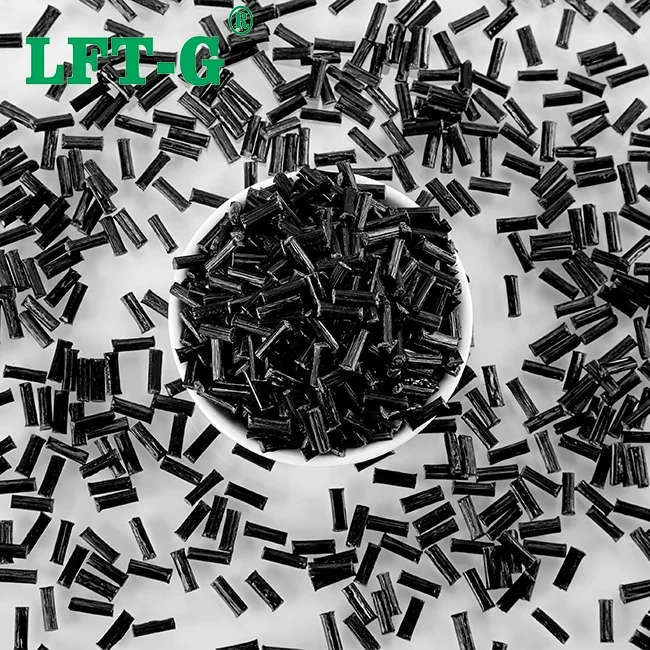
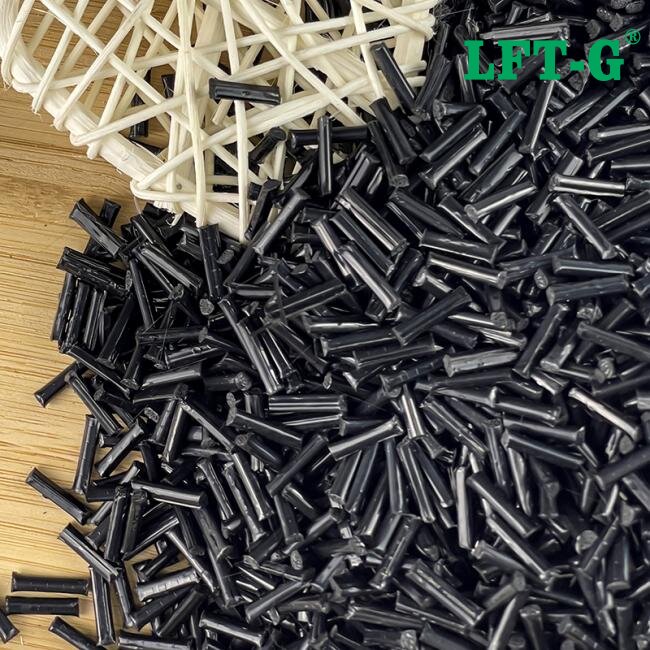
(PA+LCF)
4. carbon fiber reinforced polyether ether ketone (PEEK) composite material
Carbon fiber reinforced PEEK composite is a kind of composite material with special engineering plastic polyether ether ketone (PEEK) as continuous phase resin matrix and carbon fiber (CF) as dispersed phase reinforcement. At present, continuous carbon fiber reinforced thermoplastic composites are mostly used in aerospace, satellite, military and other fields.
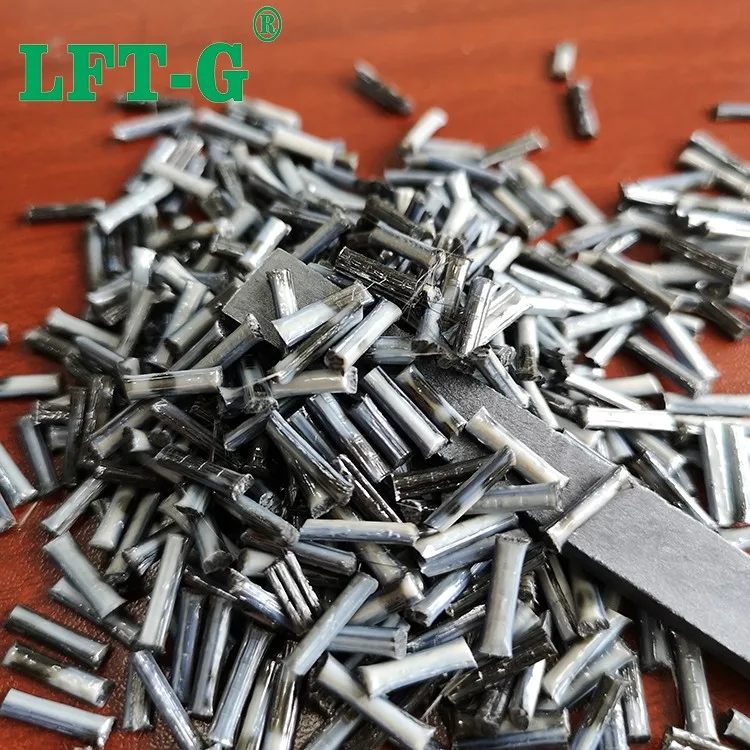
5. CF/PEI composite material
PEI is a kind of amorphous high performance polymer with excellent mechanical properties, electrical insulation, radiation resistance, high and low temperature resistance and wear resistance. CF/PEI composites with different CF orientations have different frictional properties, tensile modulus, toughness and strain. Through the modification process, the interface between CF and PEI matrix can be improved, so that the number of fibers pulled out when the material is broken is greatly reduced, and the tensile strength, yield strength, elastic modulus and elastic coefficient of CF/PEI composite are improved.
At present, thermoplastic composites show remarkable maturity and innovation in the technical state. These materials have been widely used in several industries due to their unique properties such as light weight, high strength, recyclability and processing flexibility. Foreign countries have begun to use it on a scale. Material providers represented by TenCate, Victrex, etc., automation equipment providers represented by Automated Dynamics, and manufacturing research units represented by KVE, TPRC, FOKKER, etc. Aviation application enterprises represented by Airbus and Boeing have developed systematically and their technologies have become increasingly perfect. At the same time, the current trend shows that thermoplastic composites are developing in the direction of better performance, lower cost and more environmental protection. Especially in aerospace, automotive manufacturing, construction and electronics, these materials are playing an increasingly important role.
